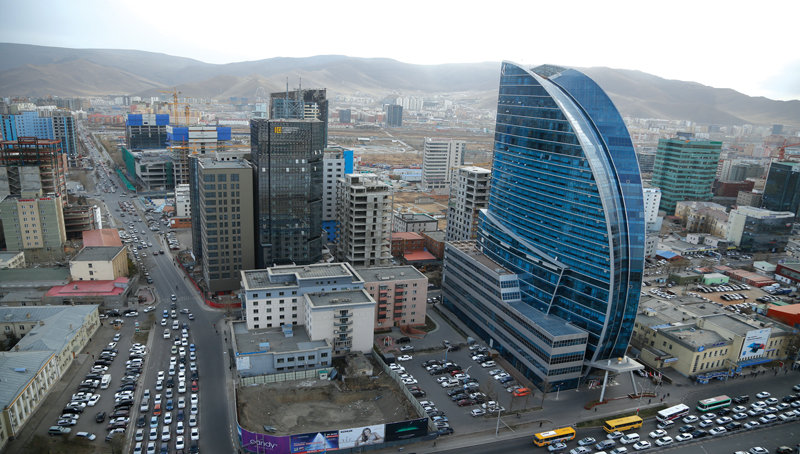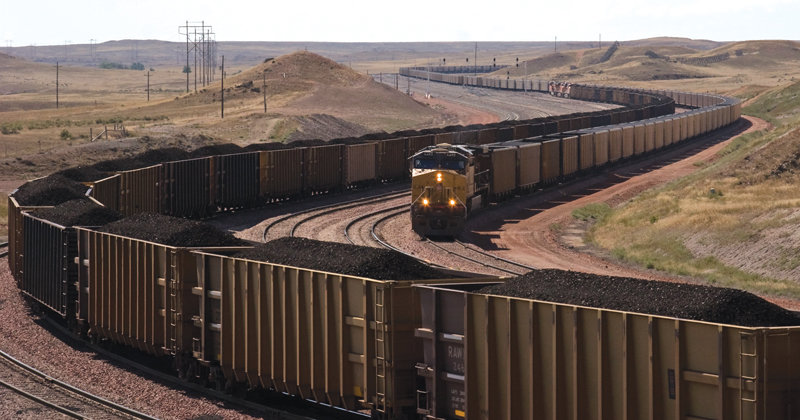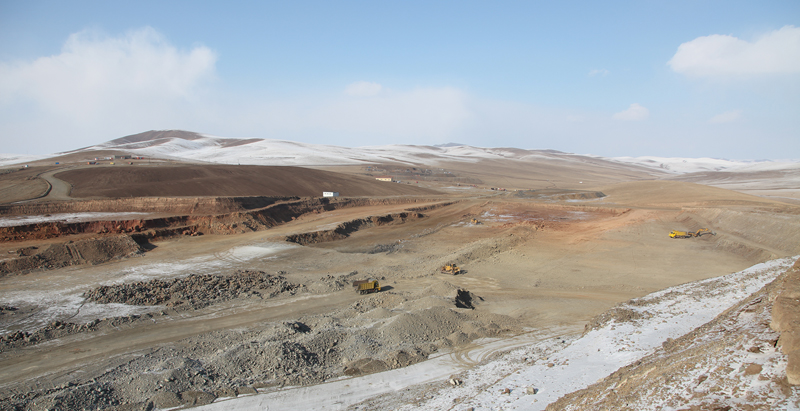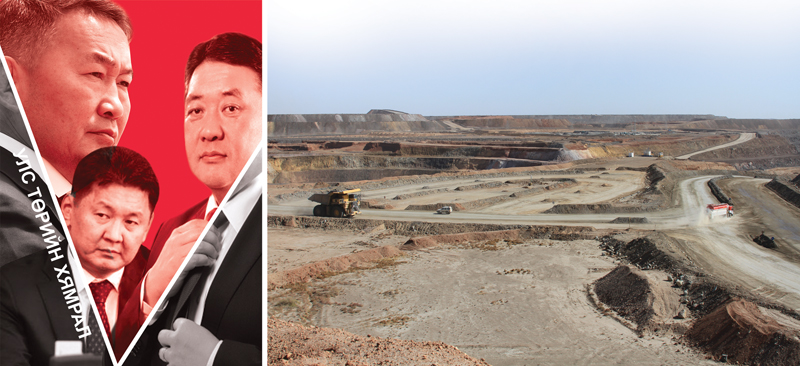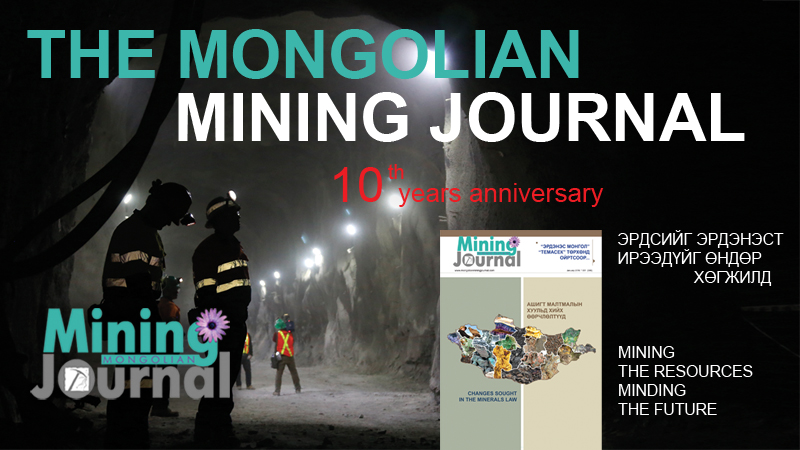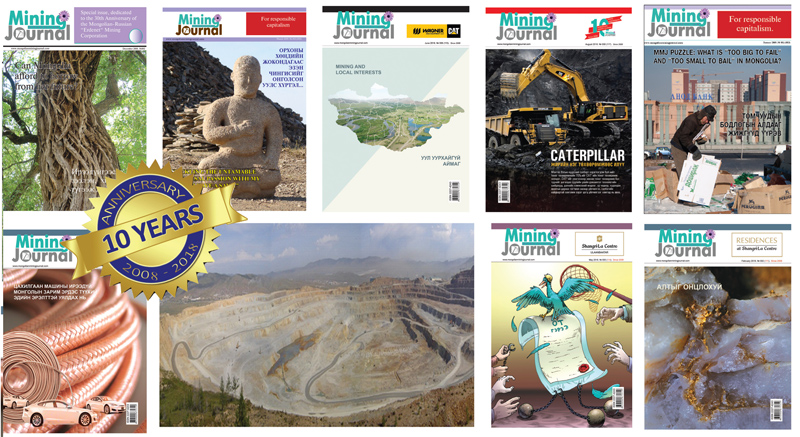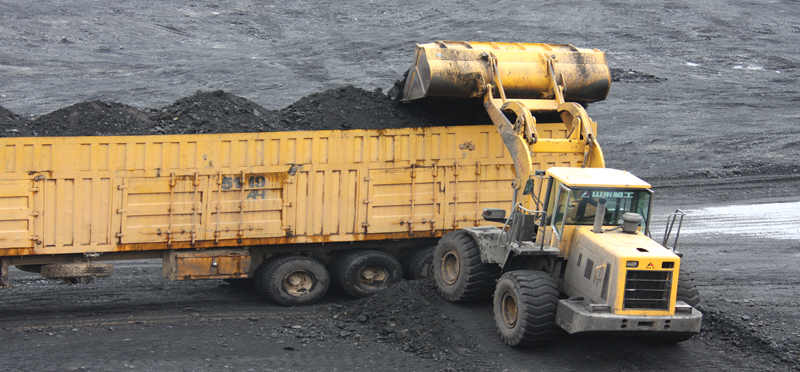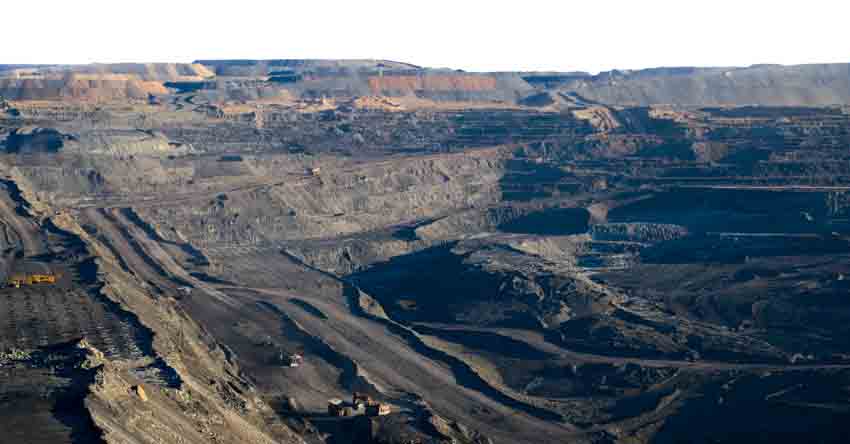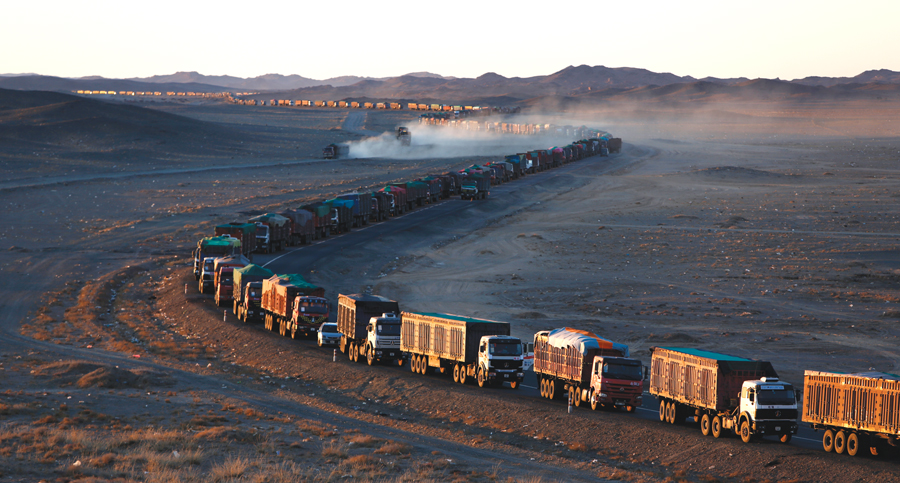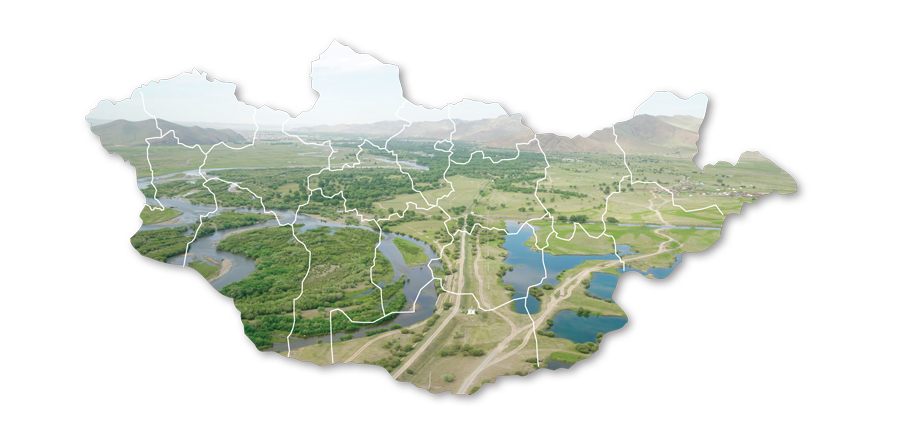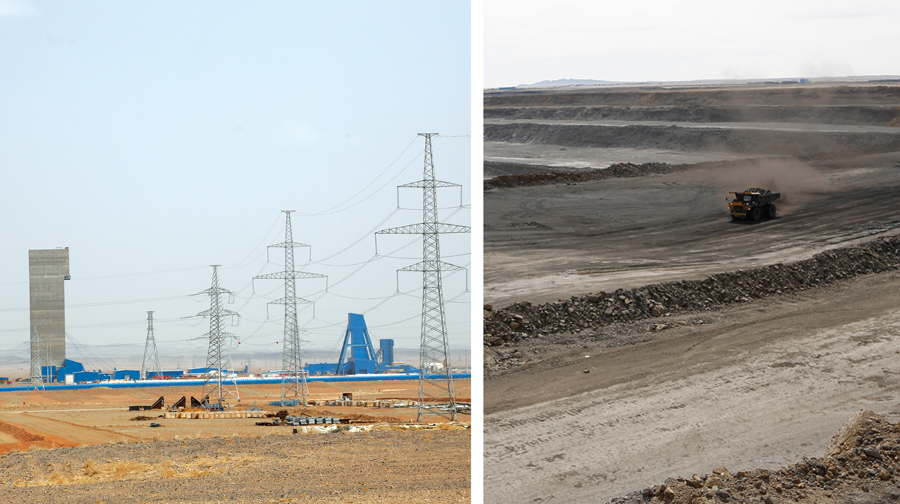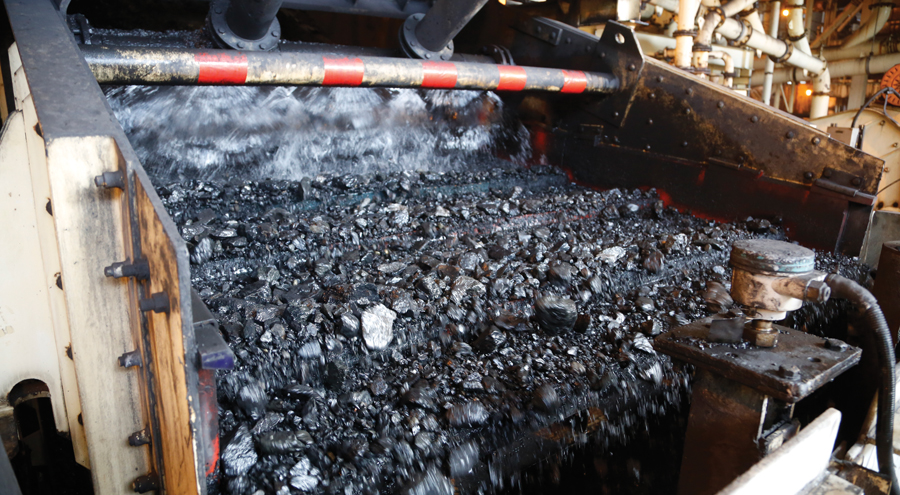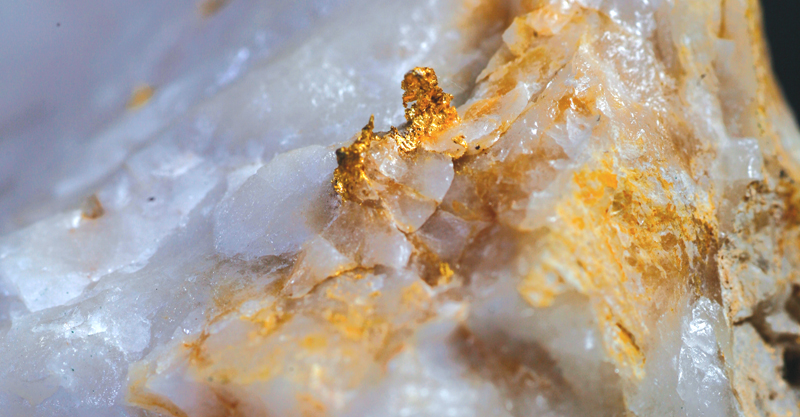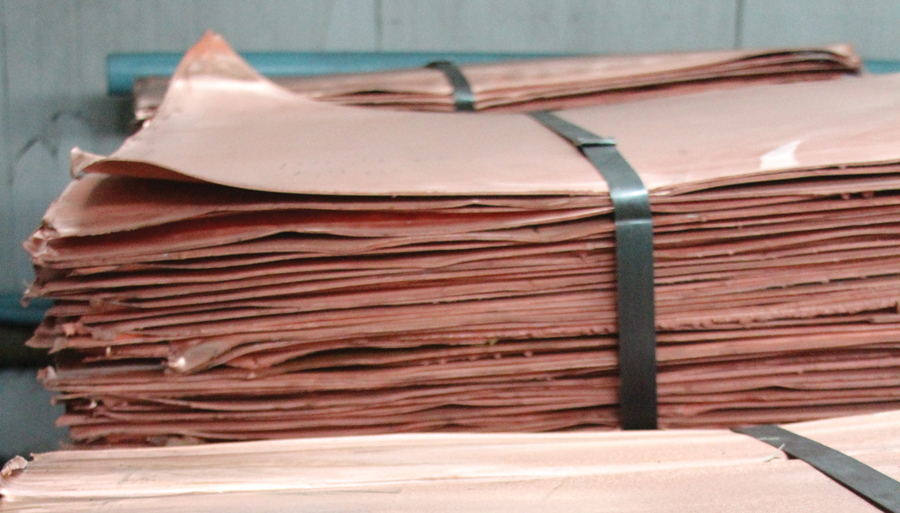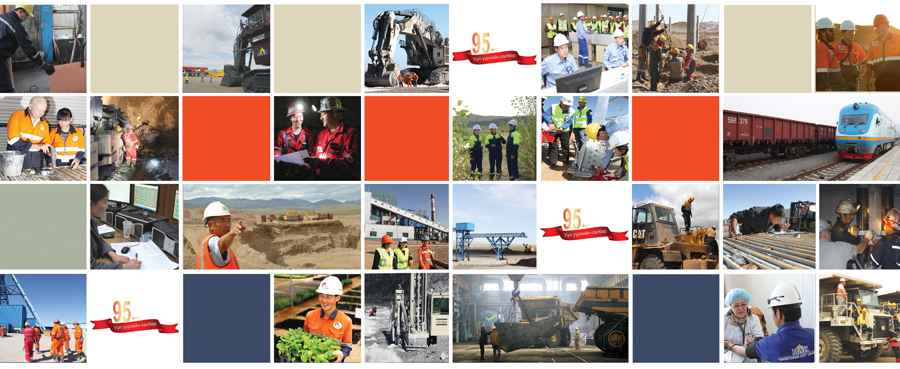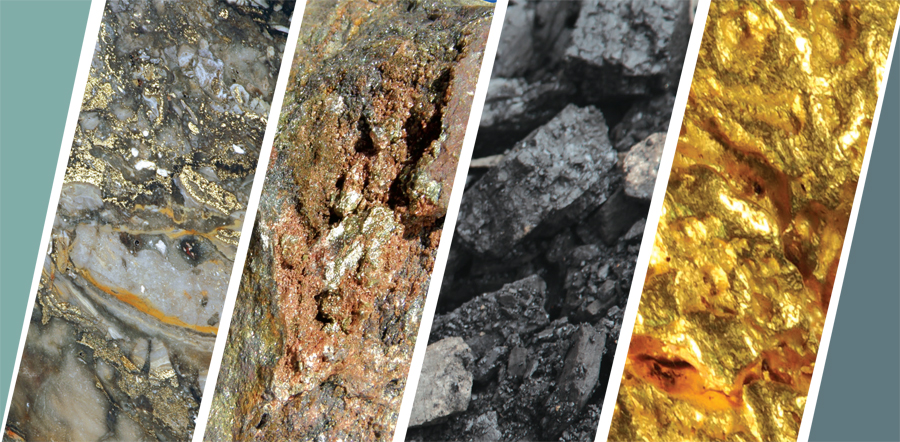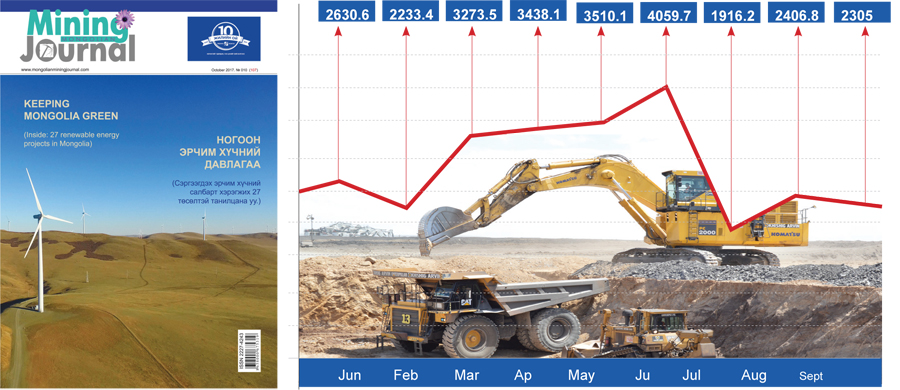Opinion
The troika that runs Mongolia
B.Tugsbilegt
The President, Parliament, and the Prime Minister – these are three highest powers that run our country. Unfortunately, the troika do not always take their steps in unison, as, say, is seen from the way each wishes to leave their own mark on the mining sector, which is the mainstay of the national economy, and could do with some coordinated support. The referendum will show whether the people want our natural resources as something like the state’s public property. Similarly we could have a “state’s public plan” for the mining sector, if only the three supreme centres of state power agreed on what to do. Elections are not far away and like all governments wishing to hold on to power, our present one under U.Khurelsukh has started showing off how brave, decisive and determined it can be. What the Prime Minister did on 13 August would surely win him the “Year’s shock worker” award, if there was one.
Railways will be on Putin’s agenda
Russian President Putin will be in Mongolia to attend the 80th anniversary celebrations of our two countries’ joint victory in the battle of Khalkh Gol. The visit is expected to take bilateral relations to a new phase and there is talk that a comprehensive strategic partnership agreement will be signed during the visit.
Much has happened in the five years since Putin was last here. For example, the agreement to establish the Mongolia-Russia-China Economic Corridor was signed in 2015 at Tashkent; Mongolia and Russia signed a 25-year interim discount tariff agreement for railway transit; Russia re-opened a transport corridor through its territory after nine years; and a consortium of Russian companies led by Russian Railway made a bid for the Tavantolgoi deposit along with global mining giants; and when coal prices were at their highest ever, Mongolia made a special offer to the Russian side.
The economy gains pace, but the road ahead is not smooth
Propped up by the IMF bailout programme, the economy seems stable on its feet. Just one year is left before the programme is wrapped up, and we are already ready to say ‘Bye Bye Stand-By’, as MMJ did in its September 2010 issue, when the previous bailout programme was about to end. Thanks to the programme, forex reserves should increase dramatically, growth should be stabilised at between 6 and 8 percent, debts should be reduced and fiscal discipline should be an accepted way of life. However, the tranche of money following the IMF’s sixth review is still awaited, as some work remains to be done in regard to checking banks’ capitalization and its sources. That money should have come four months ago but politics intervened.
The railway riddle
As he laid the foundation stone of the 414.6-km railroad between Tavantolgoi and Zuunbayan on May 24, President Kh. Battulga noted that something was at last happening on the ground to implement the State Policy on Railway Transportation adopted by Parliament in 2010. For nine years, he said, domestic politics and politicians with personal stakes in coal mining had not allowed anything to move.
Recalling his days as Minister of Road Transportation in the coalition government, Battulga said he had tried to build the railroad in the northern part of the country. He had formed a team, determined routes, signed agreements, laid foundation stones, obtained loans and had spent some of the money, too. Yet, not one km of railroad has been built. There is only piled earth and crumbling embankments on the route from Tavantolgoi to Gashuunsukhait.
The wealth fund as mirage
Our Mining Minister wants a new, or newly-fashioned, sovereign wealth fund. Since he is a powerful man and works with determination, he is likely to get it. Once the necessary law is approved, D.Sumiyabazar would be known as Mongolia’s SWFMan.
Government policy and State policy
Events in the past few weeks cannot but make us wonder where the state policy on the mineral sector is headed. A special operation with soldiers and police personnel was undertaken to clear the Salkhit silver mine of all activities by its licence holders.
Political instability shakes investors’ confidence
The political crisis is deepening as the New Year approaches. As we write this, Parliament, the highest institution of state authority, has not sat for several days because of internal disputes in The Mongolian People Party (MPP), which commands a very comfortable majority in it.
The first decade
Ten years have passed since the freezing day in November 2008 when Boloroo– as our founder-editor Bolormaa Luntan was affectionately called -- carried copies of the first issue of The Mongolian Mining Journal to distribute them at various sales points.
Hopes for Mongolian coal soar as China reaches for blue sky
In his speech at Coal Mongolia 2018, Yang Xianfeng, Director General of the Economic Operations Department of the China National Coal Association, asserted that the Blue Sky programme in China is opening up vast opportunities for Mongolia’s coal exporters and hoped they would make full use of these.
Time to generate optimism
A German journalist, Dr Dirk Asendorpf, once wrote that the interest of international media in Mongolian mining rose and fell according to the state of the relations between Oyu Tolgoi and the Mongolian government.
Better to earn profits, than being mega for the sake of it
The spring session of Parliament ended on a high note of hope, as on the closing day it approved the resolution to begin work on putting Tavan Tolgoi (TT) into economic circulation, thus giving the Government the formal green signal to realise a long-cherished dream.
Be anti-mining, win votes
Khuvsgul is now officially a non-mining aimag, following a decision taken by the 7th Citizens’ Representative Khural (CRK) on April 20 to bring the area south of the 50th latitude under special local protection. Earlier, in 2009 the Khural had kept apart the area north of that latitude for the aimag’s special needs for a period of 5 years, a period that was extended by 25 years in 2014.
Madness
As we near the halfway mark of the year, the commodity market continues to be good, bringing hope that the country’s economy will soon be restored to health.
Gold sector needs both State support and self-support
Some long-awaited amendments to the Mineral Law on 24 January, 2014 finally brought cheer to the gold sector. Royalty rates were reduced to 2.5 percent, the system of progressive royalties was withdrawn, and Mongolbank was made responsible for refining and exporting all gold mined in Mongolia.
Copper will take the crown from coal in 2018
For Mongolia, 2017 ended as the year of Mr Coal. Economic growth surpassed expectations mainly because coal exports earned revenue beyond projection, despite an unanticipated slowdown in the second half of the year.
Modern Mongolian mining is 95 years young
The Mongolian extractive sector, in its modern avatar, completed 95 years in 2017. Archaeological relics indicate that Mongolians practised mining 5000 years ago, but scientific mining began in 1922, with the post-People’s Revolution government deciding to commence coal extraction work at Nalaikh.
Major changes in licence allocation process
Some basic features of the system of issuing mining licences, in force for the past 20 years, have now been changed. Allocation after application is out, replaced by a selection process.
A tale of lost chances
The graph shows how coal export reached its peak volume in June, only to slide sharply in July, recovering but slightly in August and staying more or less the same in September. Reports so far this month do not promise much of a change.


